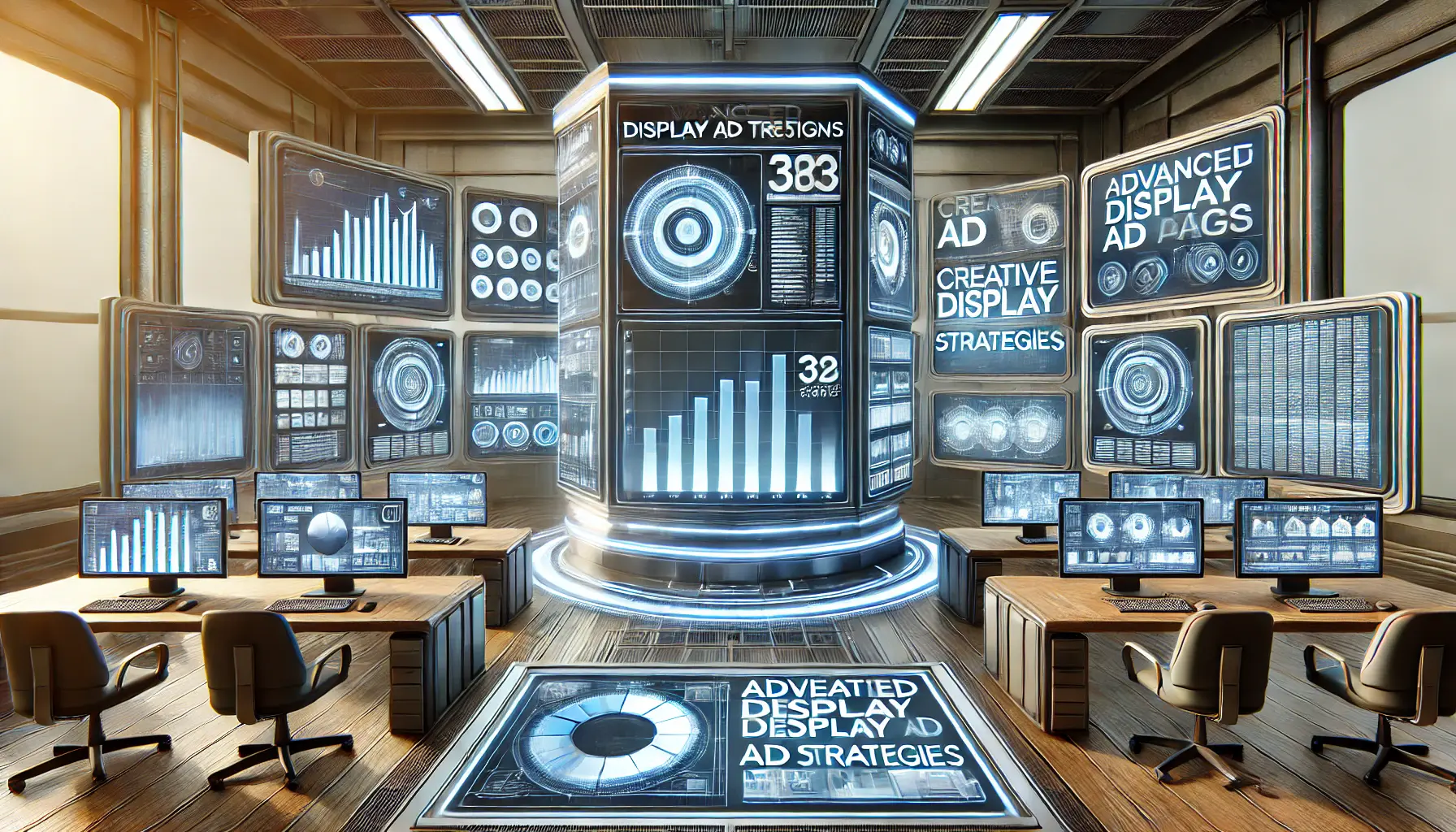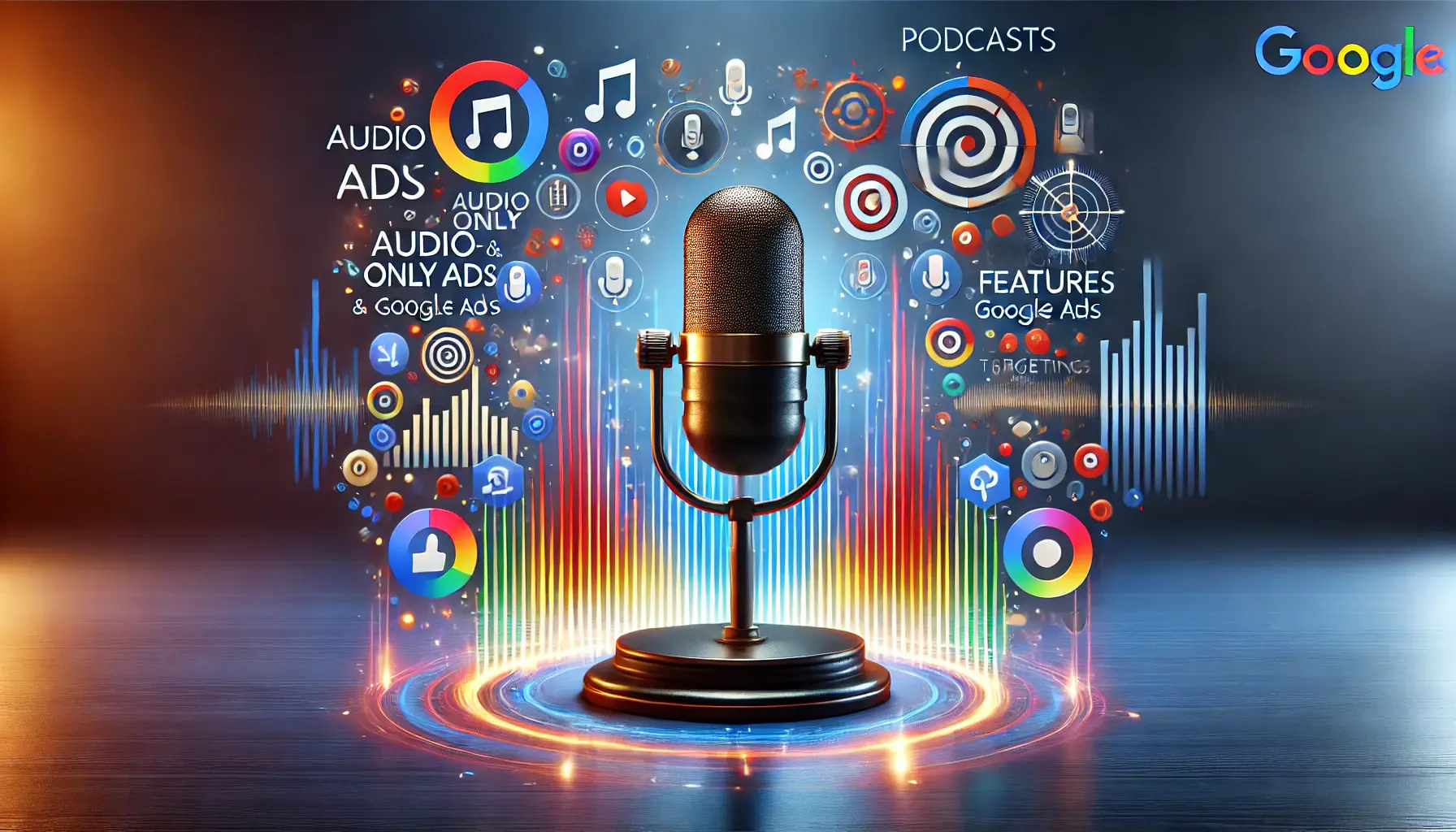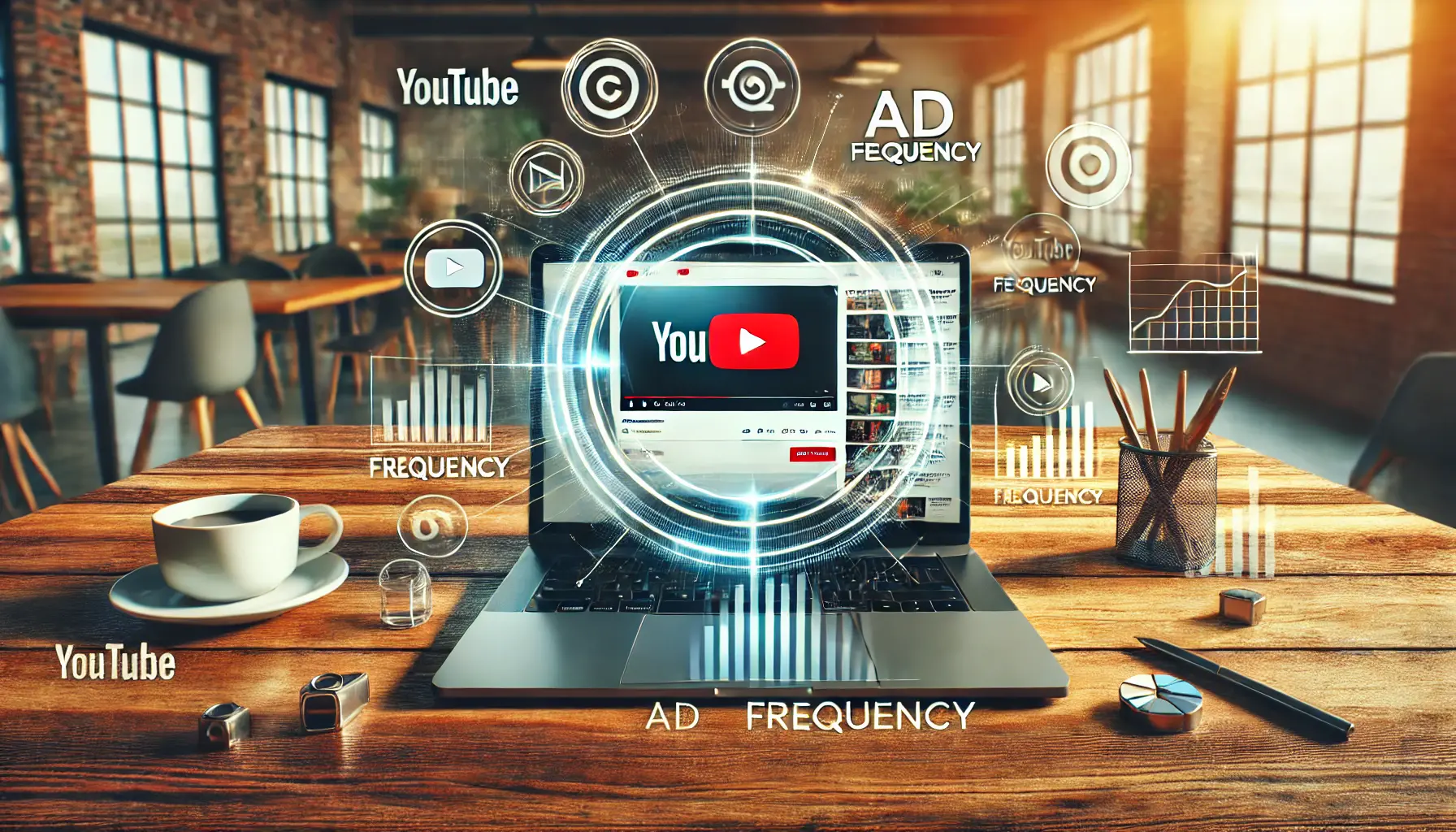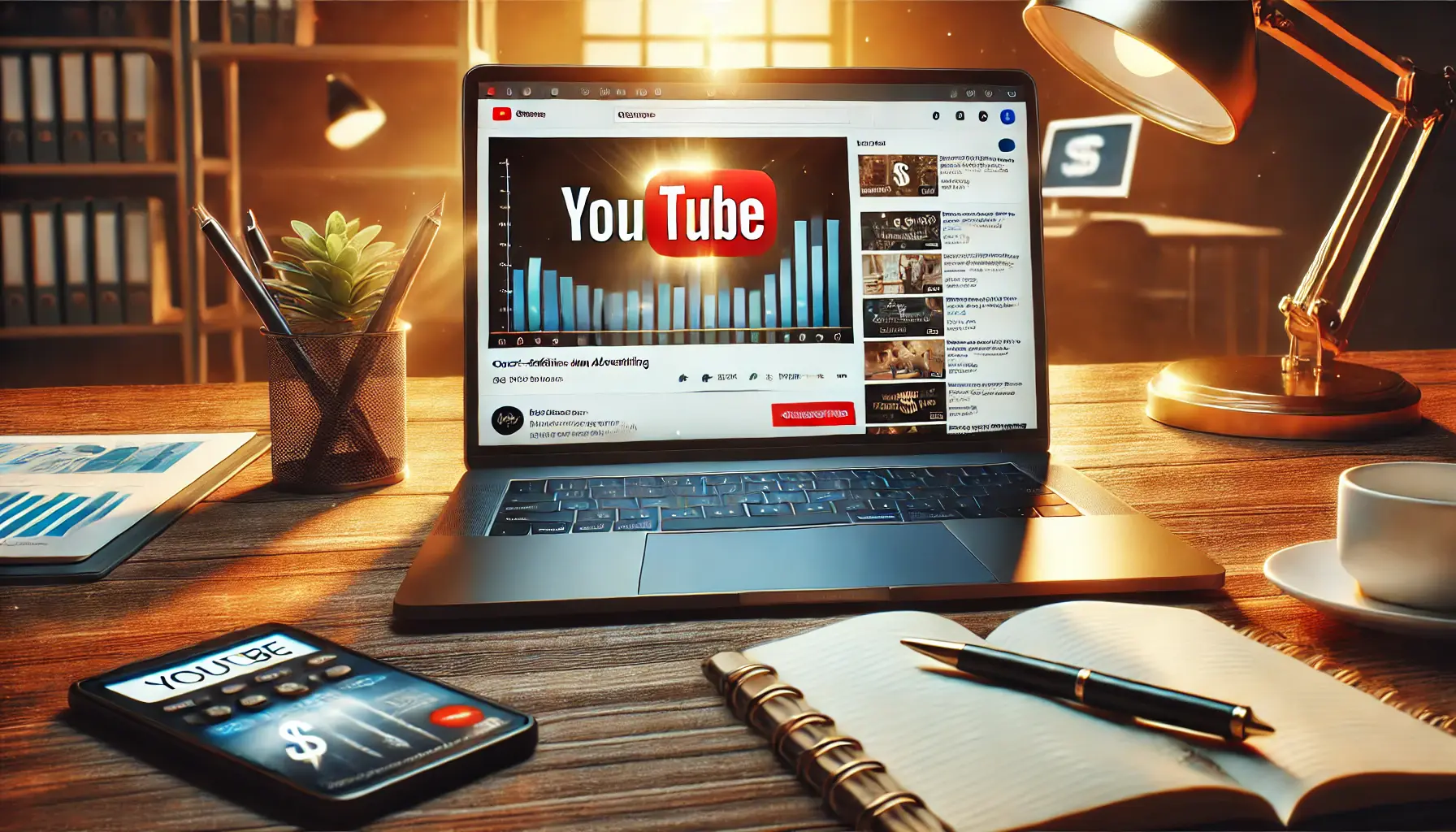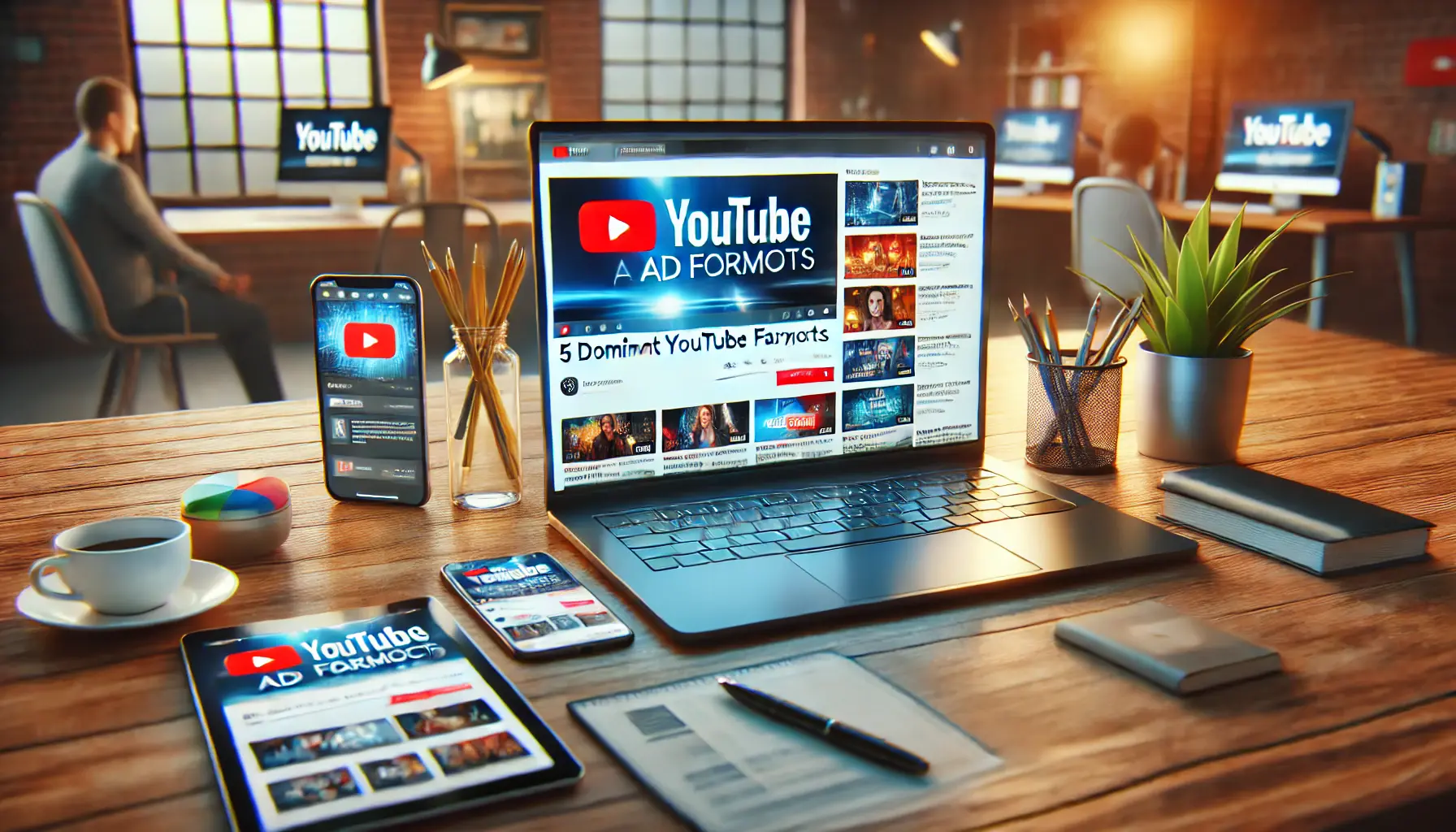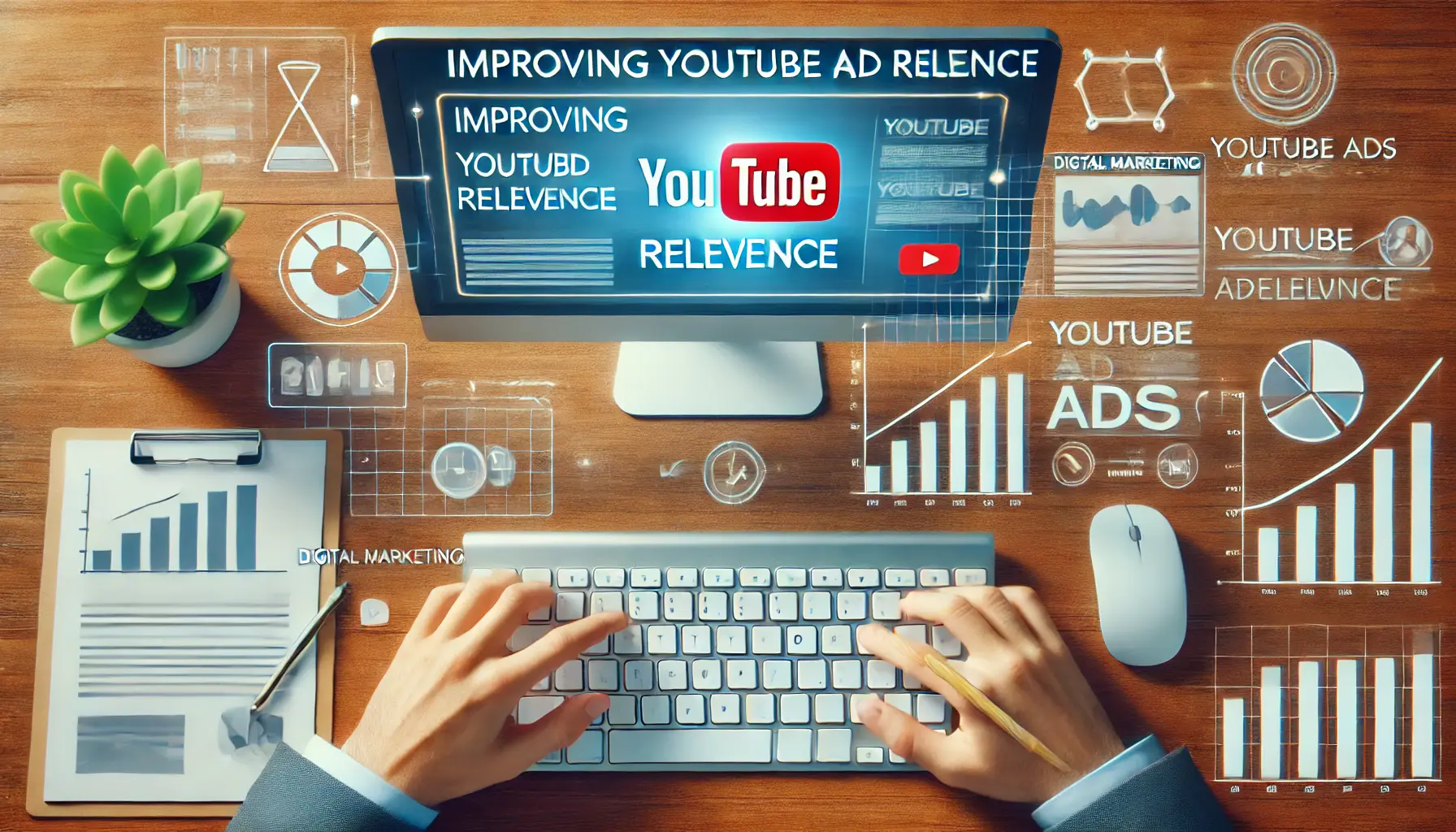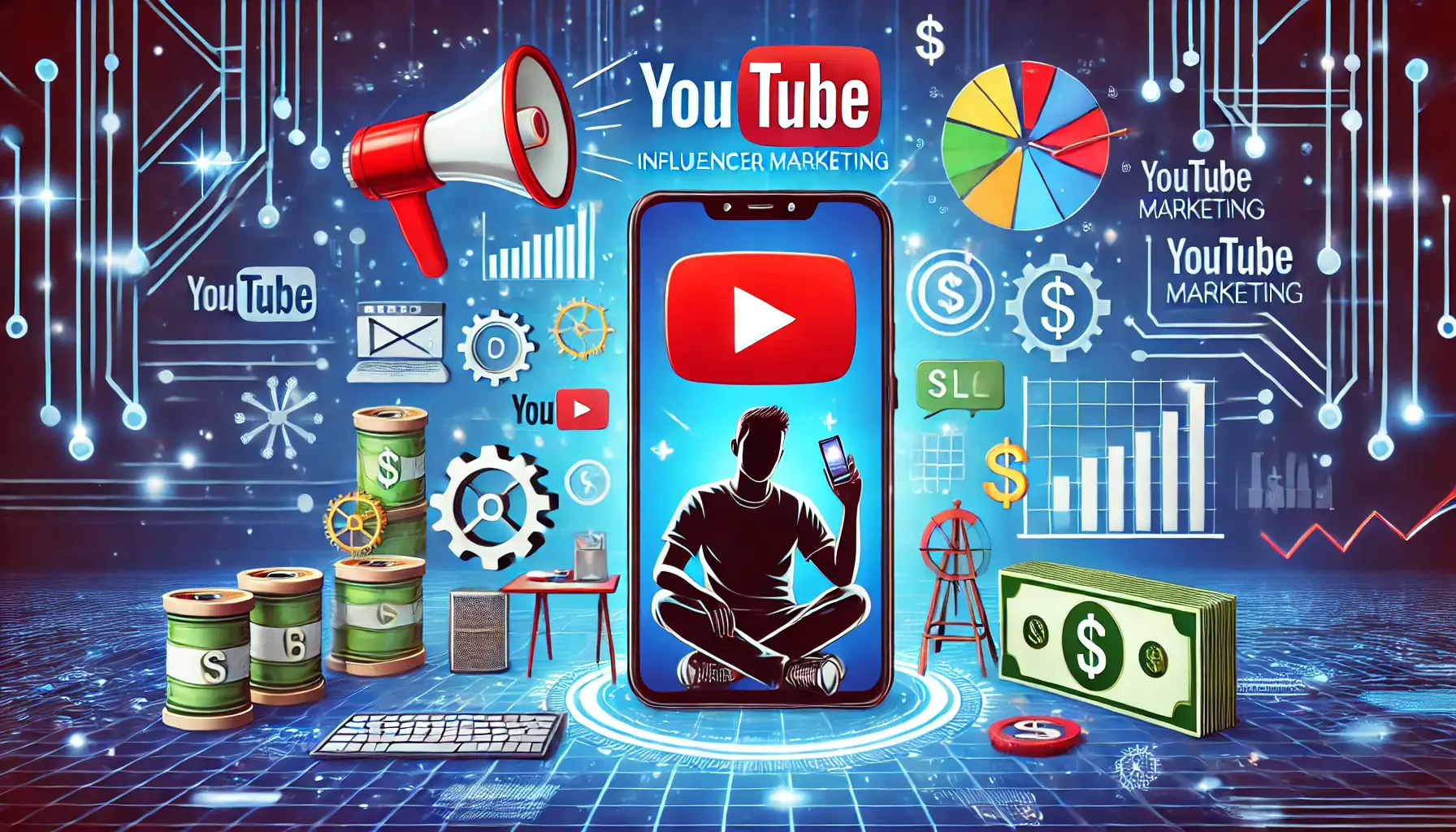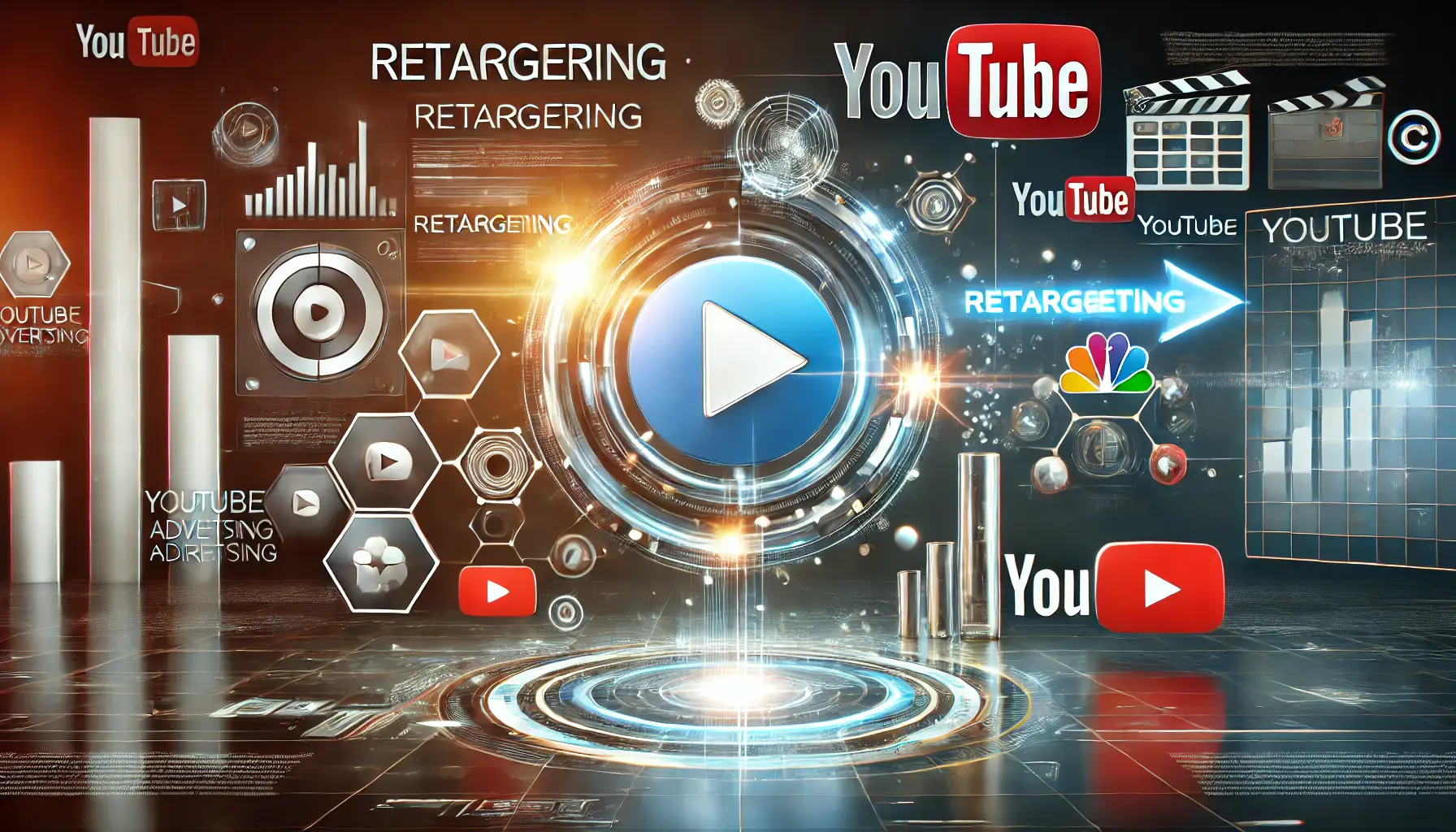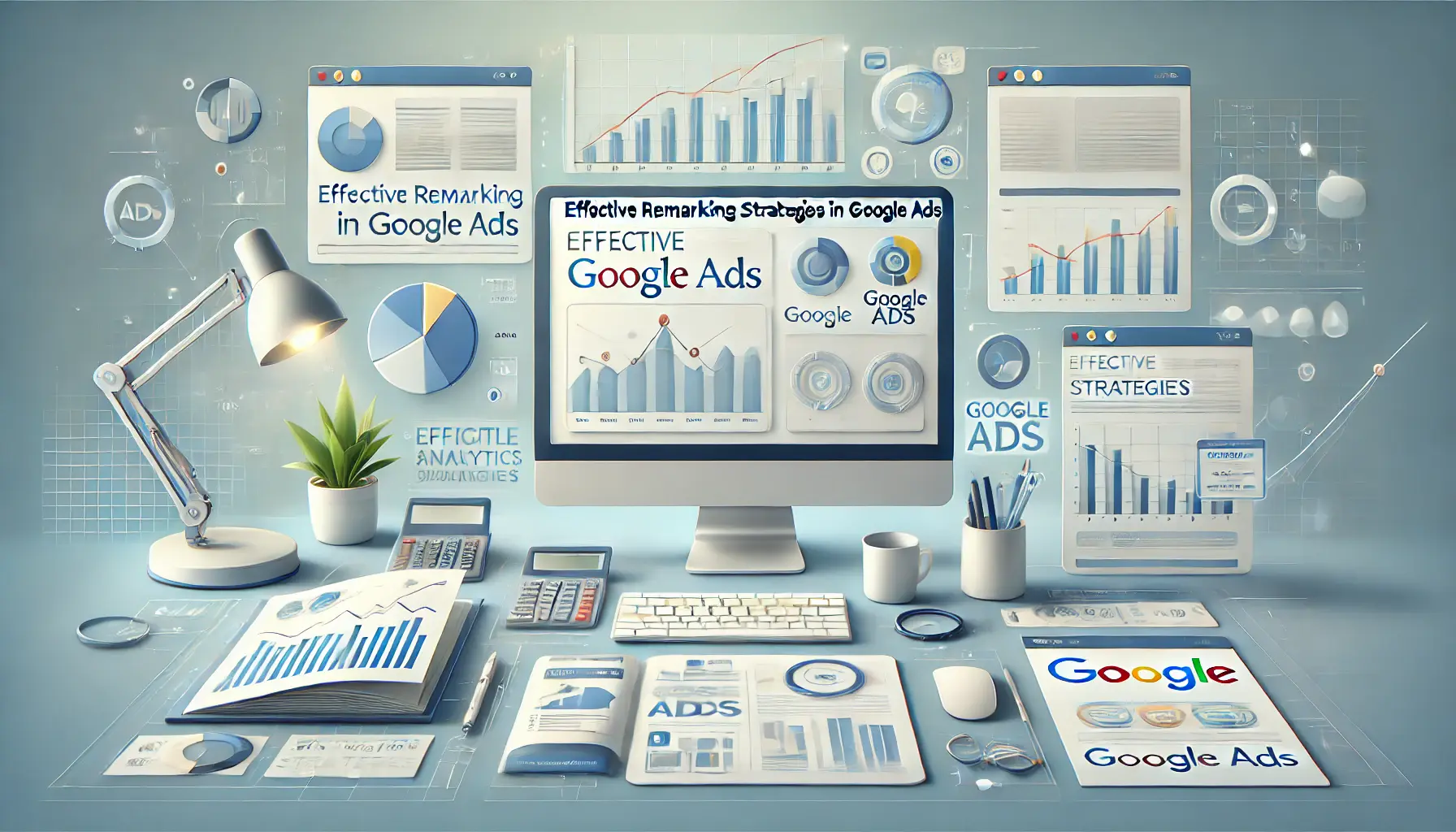In the fast-paced world of digital marketing, effective YouTubeA video-sharing platform where users can upload, share, and view videos. advertisements have become essential tools for any brand trying to gain attention, build awareness, and drive conversions.
With billions of active users each month, YouTube offers marketers an exceptional opportunity to connect with audiences through creative video ads.
However, only by understanding the triggers that engage viewers can marketers create ads that truly resonate.
This article will guide you through six major triggers that can significantly enhance the effectiveness of your YouTube ads, creating campaigns that capture attention and inspire action.
Let’s dive into what makes these triggers so powerful, starting with the fundamental importance of understanding audience psychology and how it shapes the success of your ads.
Understanding Audience Psychology for Ad Success
Successful YouTube advertisements stem from a deep understanding of audience psychology.
If you don’t know what exactly drives your viewers to watch and engage, your ads may fall flat and fail to generate the impact you’re aiming for.
Audience psychology helps identify not only who your audience is but also what makes them tick—their desires, needs, fears, and motivations.
By tapping into these insights, you can build ads that feel personally relevant to your viewers, effectively encouraging them to take action.

Audience Data Analysis in Digital Marketing
Why Audience Targeting is Essential
Targeting the right audience for an ad is one of the most vital steps in understanding audience psychology.
With a well-defined target audience, you can tailor the messaging, tone, and visual feel of your ad to resonate directly with them.
YouTube offers detailed targeting options, allowing you to reach specific demographics, interests, and behaviors.
By utilizing these tools, you ensure that your ads reach the people most likely to be interested in your product or service, maximizing engagement and return on investment.

Designing Emotion-Driven Digital Advertisements
Leveraging Viewer Emotions in Ads
Emotions like happiness, nostalgia, surprise, or even empathy can make your advertisements more memorable, driving better engagement.
Consider the emotional response you want to evoke in your audience.
Are you looking to inspire, excite, or perhaps spark a bit of curiosity?
Crafting your ad to appeal to these emotions can create a memorable experience for viewers, encouraging them to act on your message.

Personalizing Content for Audience Engagement
Creating Personalized Content for Viewers
Personalization goes beyond simply addressing viewers by name.
It’s about creating content that speaks to their specific needs and preferences.
You can achieve this by aligning your messaging with the interests and pain points of your target audience.
When viewers feel that an ad is created for them, it becomes more relatable and relevant, increasing the likelihood of engagement.
For example, if your audience is environmentally conscious, highlighting the sustainable aspects of your product can foster a stronger connection.

Analyzing Customer Pain Points for Effective Ads
Addressing Viewer Pain Points
Identifying and addressing viewer pain points in your advertisements shows empathy and understanding from the perspective of customers.
If your product saves time, emphasize how it helps busy individuals manage their schedules more effectively.
This type of messaging resonates with viewers because it addresses real needs, making your ad feel valuable and relevant.
Knowing your audience’s motivations, desires, and fears helps create relatable and impactful ads, ultimately boosting engagement.

Crafting Compelling Ad Storylines in Digital Marketing
Compelling Ad Storylines
More than any other attribute of YouTube advertisements, a strong storyline has proven to be extremely engaging and helps retain viewership for the duration of the ad.
Storytelling in advertising taps directly into one of the most fundamental aspects of the human brain—we love stories that evoke emotions, whether they make us feel sad, curious, or thrilled.
A well-told storyline makes your ad more engaging, memorable, and relatable.
Not only will viewers remember your ad, but they are also more likely to take action.

Applying Storytelling Techniques in Digital Ad Campaigns
Using Storytelling Techniques in Ads
Classic storytelling techniques can help your YouTube advertisements stand out.
Start with a relatable character, introduce a problem or challenge, and provide a resolution featuring your product or service.
This approach, often called the ‘hero’s journey,’ guides viewers through a story arc that is both comfortable and captivating.
By positioning your product at the center of the resolution, it leaves a lasting impression on viewers, associating your brand with positive solutions to real-world problems.
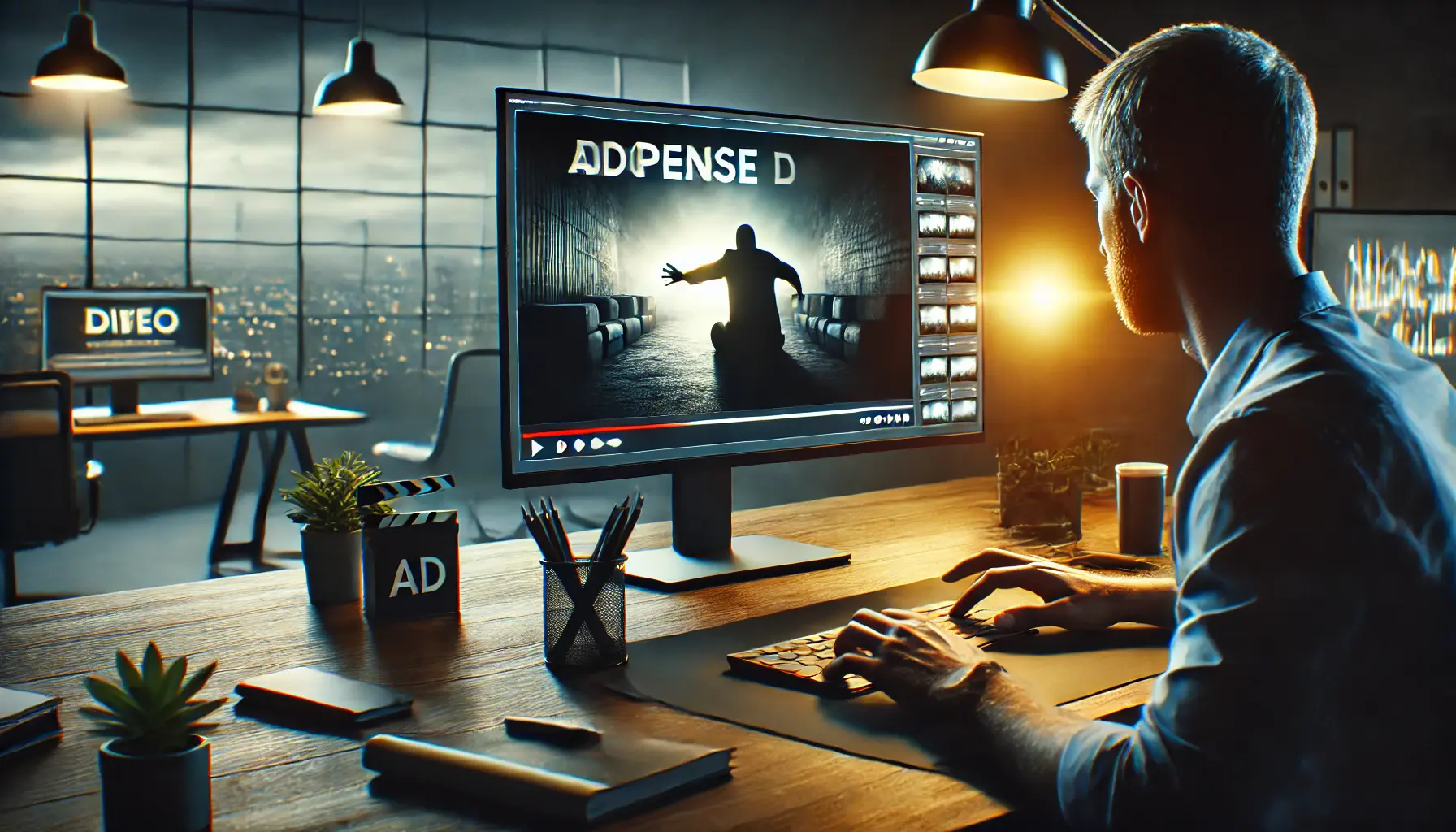
Creating Suspenseful Ads to Engage Viewers
Building Suspense to Keep Viewers Hooked
Anticipation keeps the viewer guessing and wondering what comes next.
Create a ‘cliffhanger’ moment or tease an unexpected twist that only gets resolved toward the end of the ad.
This can be especially effective on YouTube, where ads are often skippable, as viewers are more likely to stay engaged when they sense something interesting is about to happen.

Designing Relatable Characters for Engaging Ads
Creating Relatable Characters and Scenarios
Characters play a crucial role in storytelling.
When viewers see relatable characters dealing with familiar challenges, they are more likely to connect with the ad on a personal level.
Consider your audience’s demographicA particular sector of a population defined by specific characteristics. and lifestyle, and create personas and situations that resonate with their experiences.
For instance, when targeting young professionals, consider a storyline featuring someone striving to balance a busy job with personal life, making the ad feel more relevant and engaging.

Crafting Clear and Impactful Messages for Ads
Including Clear and Memorable Messages
At the core of any successful advertisement is a message that is both clear and memorable.
While storytelling attracts viewers, your main message must not be lost.
Your ad should end with a concise statement summarizing your brand’s value proposition.
A clear call to action (CTA) at the end can also be powerful in guiding viewers on what to do next.
Use simple, impactful, and memorable language to make your message linger long after the ad has ended.
- Hero’s Journey Structure: Present a relatable character, a challenge, and introduce your product as the solution.
- Suspense Elements: Use cliffhangers or surprise twists to maintain viewer interest.
- Relatable Scenarios: Depict common experiences that resonate with your audience’s lifestyle.
- Clear Messaging: Conclude with a memorable statement and a compelling call to action.
Using storytelling techniques in ads connects with viewers on an emotional level, making them memorable and effective.

Refining Visual and Audio Elements for Effective Ads
Optimizing Visual and Audio Elements
Visual and audio elements are critical in YouTube advertisements, helping capture attention and fostering viewer engagement.
Properly selected visuals and audio can make your ad memorable, elevate its overall impact, and drive your message effectively.
Each element contributes to shaping the viewer’s experience, and understanding how to maximize their use will support your advertisement goals.

Selecting Engaging Visual Styles for Advertising
Choosing Engaging Visual Styles
The visual style of your ad sets the tone and grabs attention within the first few seconds.
Whether you choose bold colors, animation, or a cinematic look, the visuals should align with your brand’s personality and message.
Bright colors and dynamic scenes can capture the viewer’s eye, while a minimalist style may appeal to a more exclusive audience.
High-quality visuals also convey professionalism and credibility, making viewers more receptive to your message.
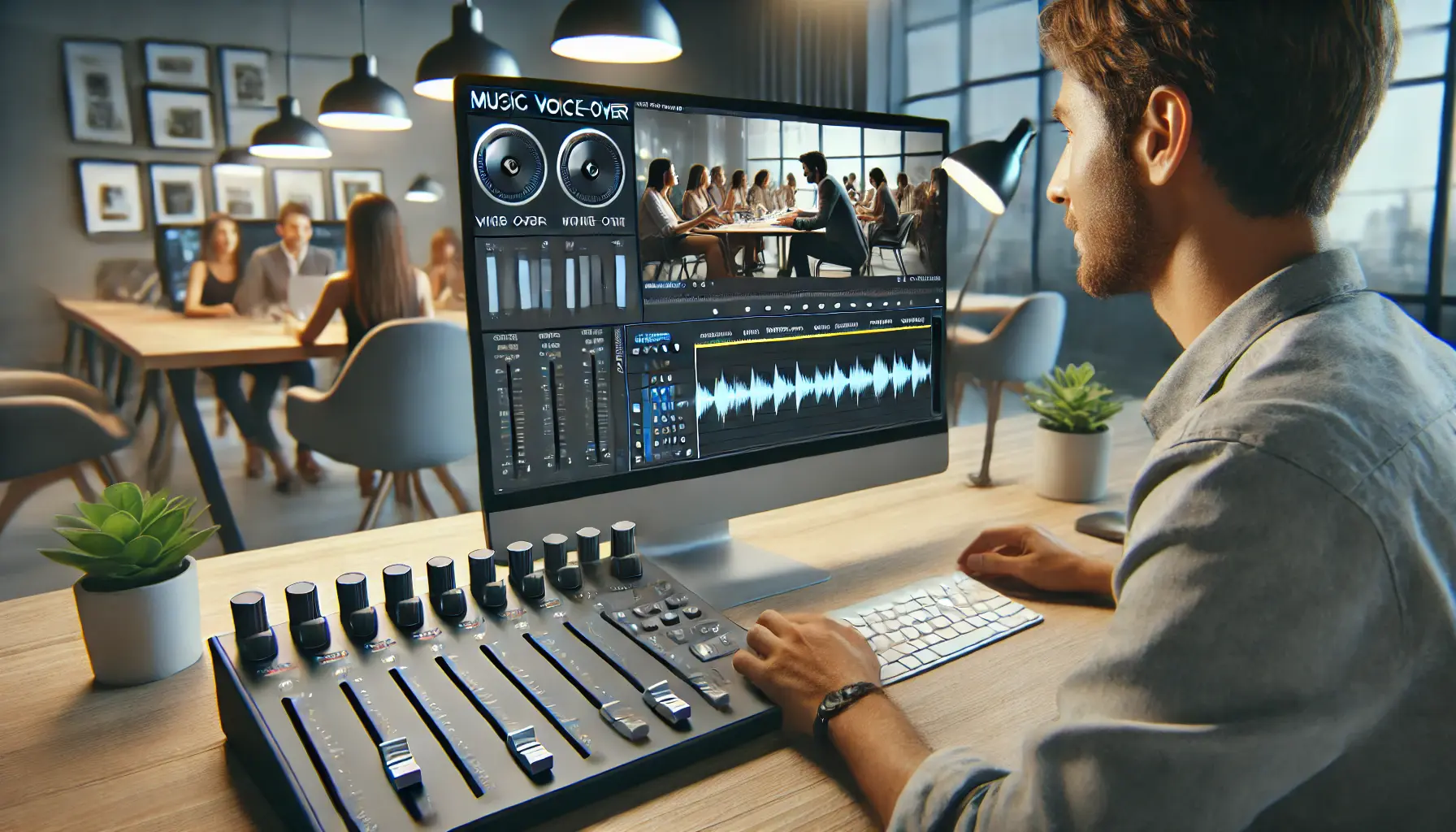
Balancing Audio Elements for Impactful Advertising
Balancing Music and Voice-Over for Impact
Music and voice-over are essential in setting the mood and enhancing the emotional appeal of your ad.
Background music should support, not overpower, the voice-over that conveys the core narrative.
Choose music that complements the ad’s mood: upbeat tunes for cheerful messages or soft music for a more serious tone.
The voice should be clear and resonate with your target audience, helping to guide them through the story and emphasize key points.

Using Color Theory to Enhance Ad Engagement
Utilizing Color Theory to Capture Attention
Colors evoke specific emotions and can influence how viewers perceive your brand.
For example, red often represents energy or urgency, while blue conveys calmness and trust.
By applying color theory strategically, you can positively impact the mood of your ad and influence viewers’ responses.
Consistency with your brand colors can also enhance recognition, making your ad instantly recognizable to returning viewers.

Adjusting Sound Effects to Retain Viewer Interest
The Role of Sound Effects in Retaining Interest
Subtle sound cues, such as a button click or the pouring of a drink, can make scenes more engaging and memorable.
However, overusing sound effects can detract from your main message.
When used effectively, sound effects enhance storytelling and make the ad more captivating.

Maintaining Brand Consistency in Advertising Visuals
Ensuring Consistent Branding in Visuals
Consistency in branding across all visual elements of your ad reinforces your brand identity.
Include your logo, brand colors, and typography to ensure viewers can easily recognize your brand.
Consistent branding not only strengthens recognition but also builds trust, making audiences more likely to engage with and remember your advertisement.
- High-Quality Visuals: Use professional visuals that align with your brand.
- Balanced Audio: Choose music and voice-over that complement each other without overpowering.
- Color Theory: Use colors strategically to evoke emotions and enhance the mood.
- Subtle Sound Effects: Add realistic sound effects to make scenes more immersive.
- Brand Consistency: Ensure all visuals reflect your brand identity consistently.
High-quality visuals and balanced audio can capture attention, enhance brand credibility, and retain viewer engagement.

Optimizing Call-to-Action (CTA) for Better Engagement
Driving Good CTAs
A well-crafted call-to-action (CTA) can make all the difference in YouTube advertisements when determining how viewers respond.
Whether driving traffic to a website, encouraging subscriptions to a channel, or prompting purchases, an effective CTA can turn interest into action.
An effective CTA not only captures attention but also motivates viewers to take immediate action, amplifying the impact of your ad.

Designing Clear and Compelling CTAs for Better Engagement
How to Create Clear and Compelling CTAs
Clarity and conciseness are crucial when designing a CTA.
Use action-oriented language that leaves no ambiguity as to the desired action.
Phrases like “Subscribe Now”, “Learn More”, or “Get Started Today” are succinct and encourage quick responses.
Also, ensure the CTA is visually prominent within the ad by using contrasting colors or bold fonts to make it stand out.

Optimizing Placement and Timing of CTAs for Maximum Engagement
Strategic Placement and Timing of CTAs
Placement and timing play a significant role in determining how well your CTA performs.
Introducing the CTA at the beginning can capture attention early, especially in cases where viewers tend to drop off.
Mid-roll CTAs can engage viewers who are already interested, while end-roll CTAs can prompt action after the full message has been delivered.
Experimenting with different placements can help you determine what resonates best with your audience.

Leveraging YouTube’s Interactive Features for Engagement
Utilizing YouTube’s Interactive Features
YouTube offers various interactive features that can enhance your CTAs:
- End Screens: Appear in the last 5–20 seconds of a video and can direct viewers to other videos, playlists, or external websites.
- Cards: Small, transparent notifications that appear during the video, prompting viewers to take specific actions.
- Overlays: Semi-transparent banners that can display a CTA throughout the video.
Leveraging these tools can make your CTAs more engaging and effective.

Designing Ads with a Sense of Urgency
Creating a Sense of Urgency
Incorporating urgency into your CTA can prompt immediate action.
Phrases like “Limited Time Offer”, “Only a Few Spots Left”, or “Offer Ends Soon” create a feeling of FOMOFear of Missing Out, a feeling of anxiety about missing an exciting or interesting event. (fear of missing out), compelling viewers to act quickly.

Analyzing CTA Performance for Better Engagement
Testing and Analyzing the Performance of CTAs
Regularly testing different CTAs provides insight into what resonates most with viewers.
A/B testing of phrases, placements, and designs helps you refine the CTA for optimal results.
Key metrics to track include click-through rates (CTRClick-Through Rate, a metric that shows the percentage of people who clicked on an ad after viewing it.) and conversionA desired action taken by a user, such as a purchase or sign-up, in response to an ad. rates, as these will guide your strategy and allow for continuous improvement.
- Clear and Concise Wording: Use direct, action-oriented language.
- Visual Emphasis: Draw attention to the CTA with design elements.
- Interactive Features: Utilize YouTube’s tools, like end screens and cards, to enhance engagement.
- Urgency: Encourage immediate action with time-sensitive language.
- Continuous Refinement: Test and analyze CTAs to improve their effectiveness over time.
Effective CTAs are clear, visually prominent, and strategically placed to motivate immediate viewer action.

Optimizing YouTube Ads with Analytics and Tools
Leveraging YouTube Advertising Tools and Analytics
How can you get the most out of your YouTube ads?
By making full use of the powerful advertising tools and analytics that YouTube offers.
These resources provide valuable insights into ad performance, audience engagement, and overall campaign success, helping you make informed decisions and optimize your strategy effectively.
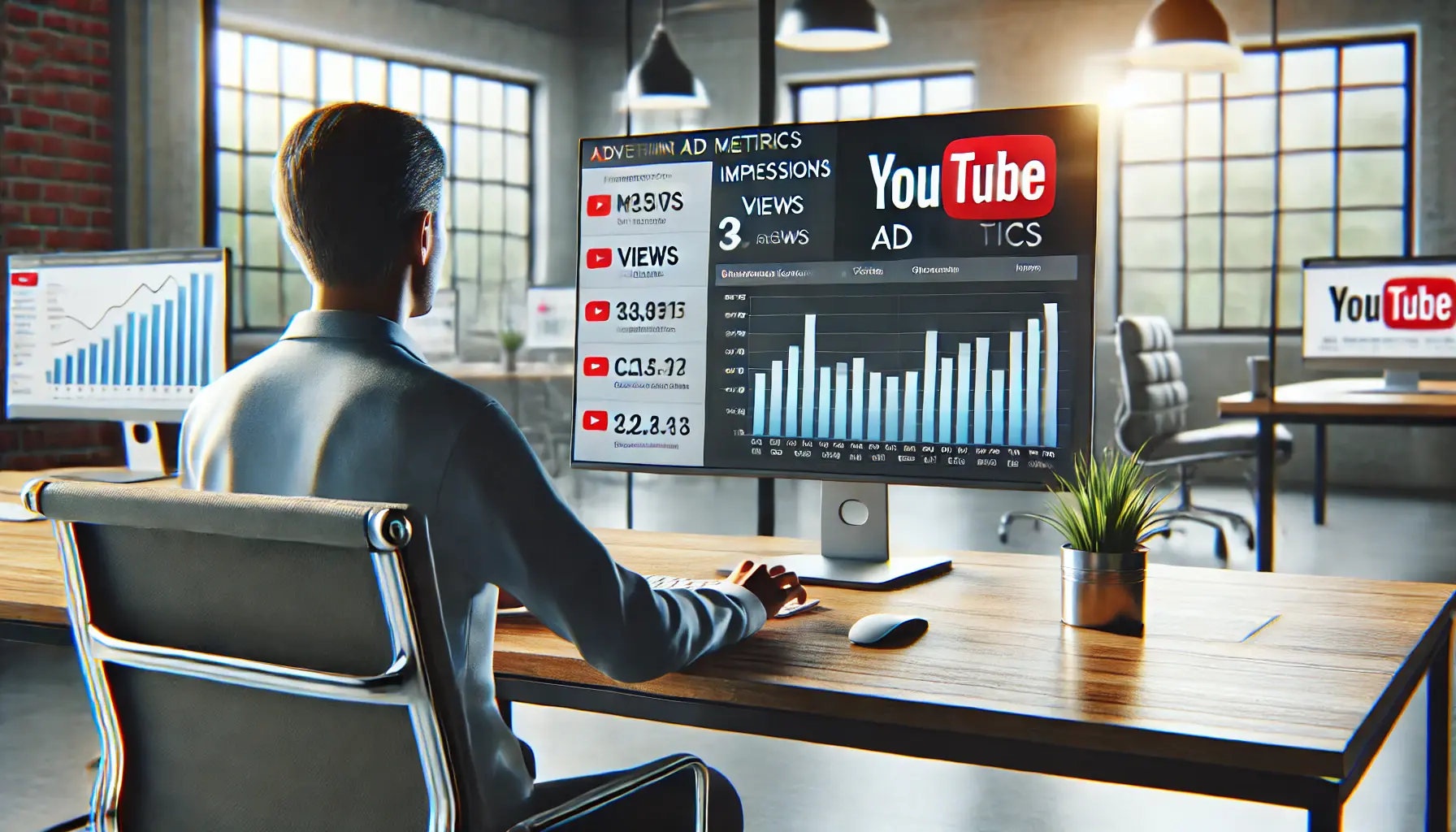
Analyzing YouTube Ad Metrics for Campaign Optimization
Understanding YouTube Ads Metrics
YouTube provides a range of metrics to assess your ad performance:
- Impressions: The number of times your ad is shown.
- Views: The number of times your ad is watched.
- View Rate: The percentage of impressions that led to views.
- Average Cost Per View (CPV): The average amount you pay whenever a viewer watches 30 seconds of your video ad or interacts with your video.
- Click-Through Rate (CTR): The percentage of viewers who clicked on your ad after watching it.
- Conversions: The number of times a click on your ad led to a desired action, such as making a purchase or signing up.
Monitoring these metrics gives you a clear understanding of how well your ads are performing and where adjustments may be needed.

Optimizing Google Ads Campaigns for Better Performance
Using Google Ads for Campaign Management
Google Ads is a powerful platform for managing your YouTube ad campaigns.
It enables you to create, monitor, and optimize your ads with features such as:
- Targeting Options: Reach specific demographics, interests, and behaviors to ensure the right people see your ads.
- Bidding Strategies: Choose from various bidding options to control ad spend and maximize ROI.
- Ad Formats: Select from a variety of ad formats, like skippable in-stream ads, non-skippable in-stream ads, and bumper ads, to suit your campaign objectives.
Google Ads simplifies YouTube advertising management, helping you reach your marketing goals more effectively.

Conducting A/B Testing to Optimize Ad Campaigns
A/B Testing to Optimize
A/B testing, or split testing, involves creating and running two different versions of an ad to determine which one performs better.
This method allows you to test variables such as:
- Ad Creative: Different visuals, messaging, or calls to action.
- Targeting: Various audience segments or demographics.
- Ad Placement: Testing different placements within YouTube.
By analyzing the results, you can identify the most effective elements and refine your ads accordingly.
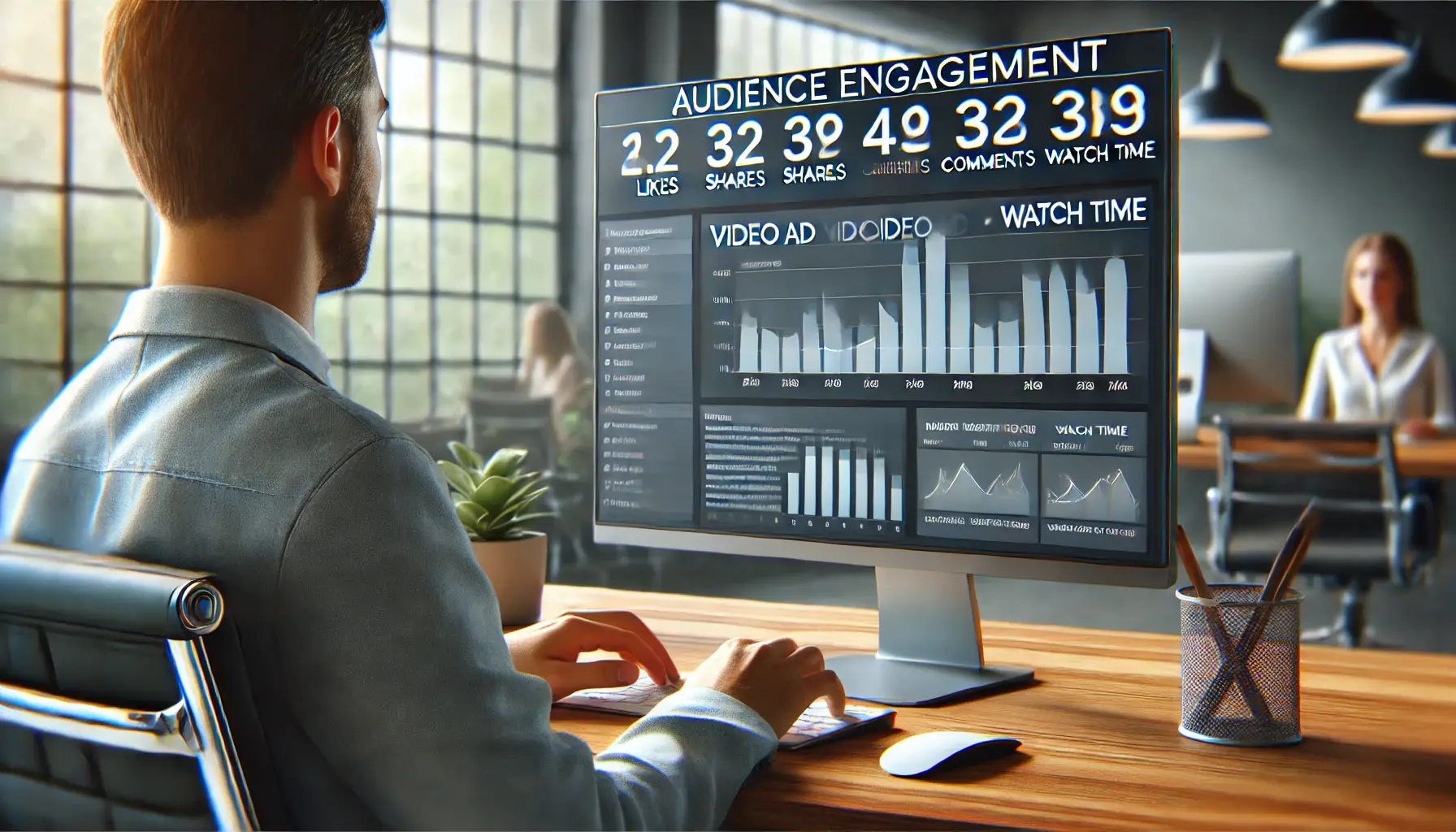
Reviewing Audience Engagement Metrics to Optimize Ad Campaigns
Analyzing Audience Engagement
Understanding how your target audience interacts with your ad is crucial for optimization.
Key metrics to consider include:
- Watch Time: The total time viewers spend watching your ad.
- Engagement Rate: The level of interaction, such as likes, shares, or comments.
- Audience Retention: The percentage of viewers who watch your ad to the end.
Analyzing these metrics helps determine if your ad content is engaging effectively and where improvements may be needed.
Setting Up Conversion Tracking for Ad Campaign Optimization
How to Set Up Conversion Tracking
Conversion tracking is essential for measuring the actions viewers take after interacting with your ad, such as making a purchase or subscribing to a newsletter.
By setting up conversion tracking in Google AdsAn online advertising platform by Google where businesses can create ads to reach target audiences., you can:
- Measure ROI: Determine the return on investment for your ad spend.
- Optimize Campaigns: Identify which ads drive the most conversions and allocate resources accordingly.
- Understand Customer Journeys: Gain insights into how viewers progress from watching your ad to completing a desired action.
Conversion tracking is a key tool for measuring the success of your YouTube advertising campaigns and making data-driven decisions.
Using YouTube’s analytics tools helps marketers monitor ad performance, optimize strategies, and maximize ROIReturn on Investment, a measure of the profitability of an investment..
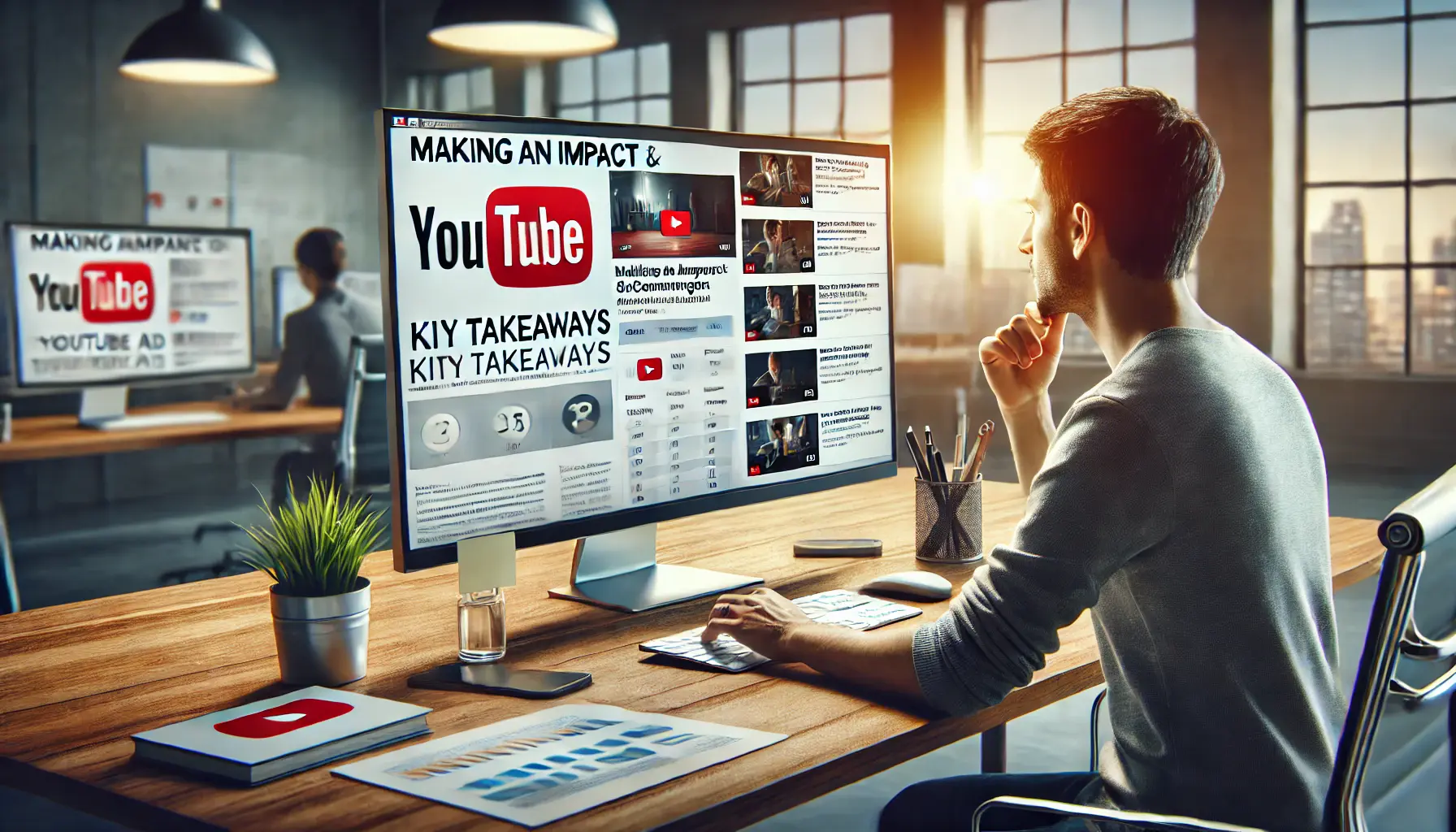
Refining YouTube Ad Strategies for Maximum Impact
Key Takeaways for Making Impact with YouTube Ads
Creating effective YouTube advertisements is all about striking the right balance between psychology, storytelling, visual and audio elements, strategic calls to action, and data-driven optimizations.
Each of these components, when implemented well, contributes to crafting an ad that resonates with your target viewers and fosters meaningful engagement.
Below, we outline the key approaches covered in this guide to help drive your next YouTube ad campaign toward maximum ROI.

Analyzing Audience Psychology for Effective Ad Targeting
Know Your Audience’s Psychology
To create ads that truly connect, keep in mind the demands, desires, and emotional needs of your audience.
Identifying your target demographic and understanding their pain points is foundational for creating relevant content that resonates.
Addressing these aspects can lay the groundwork for a successful ad campaign that feels personal and impactful to viewers.

Brainstorming and Crafting a Compelling Storyline for Ads
Craft an Irresistible Storyline
Storytelling is at the core of any memorable ad.
Use engaging storytelling techniques, like the hero’s journey, to tell a story that captivates viewers and presents your product or service as the solution to a relatable problem.
A strong storyline can significantly boost engagement and recall value, making your ad more memorable and effective.

Optimizing Visual and Audio Elements for a Balanced Ad Campaign
Optimize Visual and Audio Elements
Attention to visual and audio details enhances the effectiveness of your advertisement.
Every aspect—from color theory to background music and sound effects—should be carefully selected to align with your brand’s identity and message.
Consistent branding and high-quality production elevate the professionalism of your ad, which in turn builds viewer trust and receptivity.

Designing Clear and Effective Calls to Action for User Engagement
Implement Clear and Effective Calls to Action
A clear call to action (CTA) is essential for guiding viewers toward a specific response, such as visiting a website, subscribing, or making a purchase.
Use concise language, and place the CTA strategically within the ad to maximize its effectiveness.
YouTube’s interactive features, like end screens and cards, can further support your CTA and boost engagement.
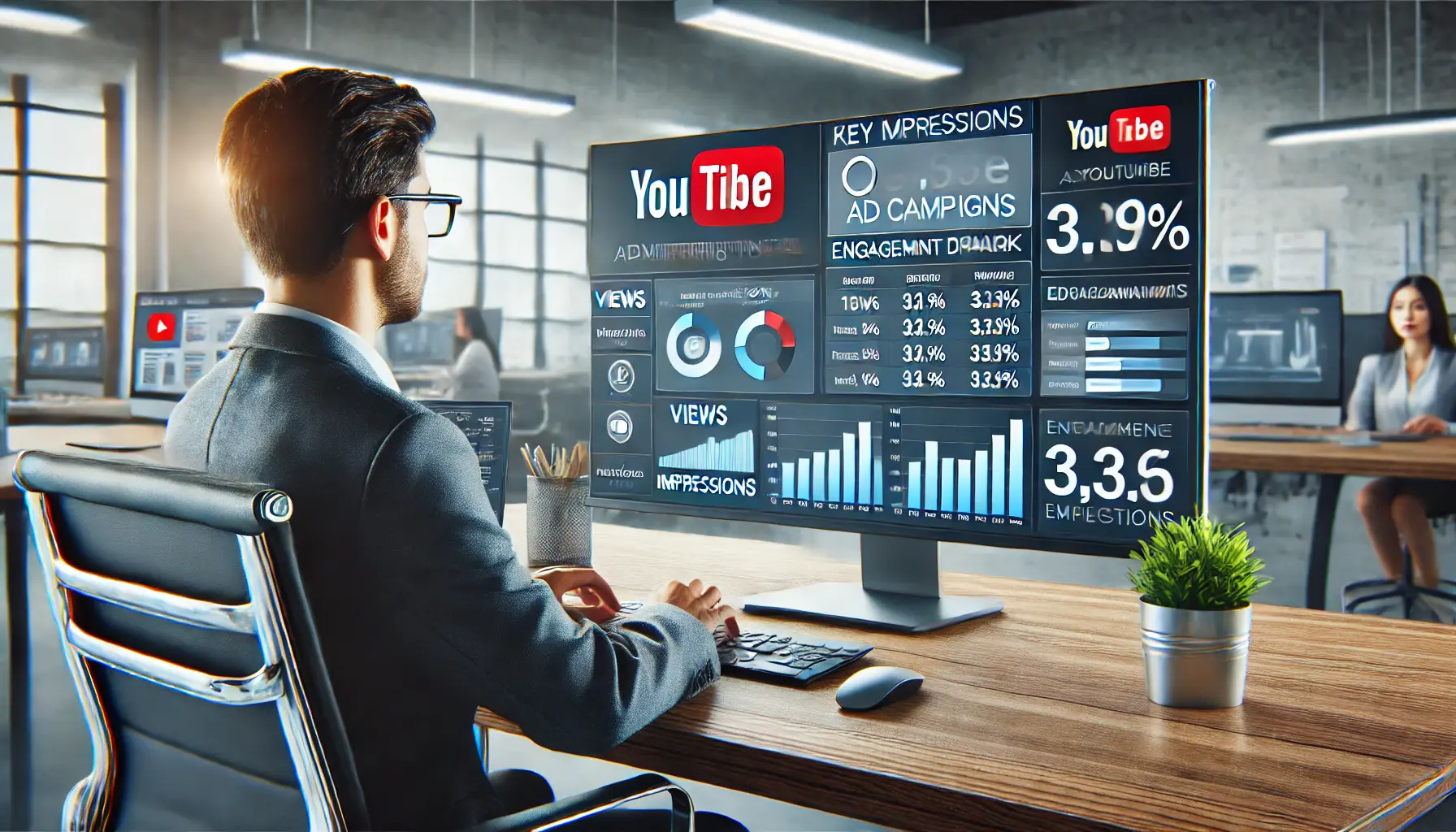
Leveraging YouTube’s Tools and Analytics for Ad Optimization
Leverage YouTube’s Advertising Tools and Analytics
Effective advertisements are built on data-driven insights.
YouTube’s comprehensive analytics and the Google Ads platform offer a suite of tools to monitor key performance metrics, conduct A/B testingA method of comparing two versions of an ad or webpage to see which performs better., analyze audience engagement, and implement conversion tracking.
Regularly reviewing and optimizing these metrics allows you to refine your ad strategy for better engagement, conversions, and return on investment.
By integrating these best practices into your YouTube advertising approach, you can develop ads that not only capture attention but also encourage meaningful interactions with your audience.
This strategic combination of psychological insights, creative storytelling, impactful visuals and audio, compelling CTAs, and continuous performance monitoring will ensure your advertisements stand out and achieve their intended impact.
Integrating audience psychology, storytelling, and visual and audio elements is key to creating high-impact YouTube ads.
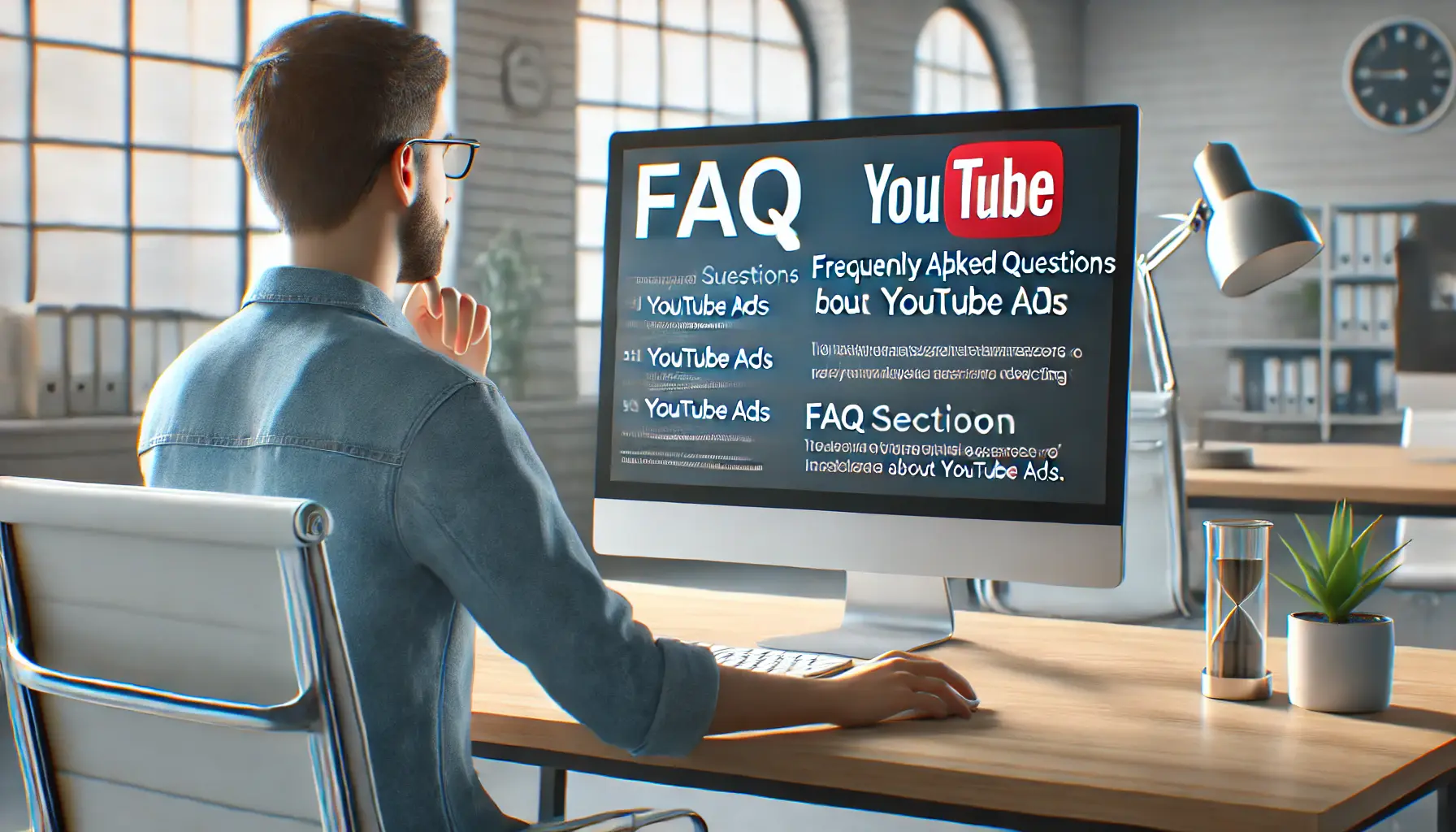
Reviewing YouTube Ads FAQs for Better Understanding
Your campaigns can be managed by an agency specialized in Google Ads, check out our service page.
YouTube Ad Frequently Asked Questions
There’s an art to getting YouTube advertising exactly right.
Here are some frequently asked questions and their short answers to help get you started.
Skippable in-stream ads, non-skippable in-stream ads, bumper ads, and video in-feed ads are among YouTube’s different ad formats designed for various marketing purposes.
YouTube ads typically cost between $0.10 to $0.30 per view.
Total costs depend on your ad campaign goals and targeting settings used to reach the audiences that create results for your business.
The optimal length depends on the ad format; skippable ads can be up to 3 minutes, while non-skippable ads are limited to 15-20 seconds.
Success is measured through metrics like impressions, views, click-through rates, and conversions, accessible via YouTube Analytics and Google Ads.
No, YouTube ads require video content.
However, you can create simple videos or slideshows to serve as your ad material.
Use clear, concise language that prompts action, like “Subscribe Now” or “Learn More,” and place it strategically within your ad for maximum effectiveness.
YouTube has strict policies against content that is misleading, inappropriate, or violates community guidelines.
Ensure your ads comply to avoid removal.
Regularly analyze performance metrics, conduct A/B testing, refine targeting, and optimize ad creatives based on data-driven insights to enhance effectiveness.

